22 September 2018
The Situation
Typhoon #Ompong (international name Mangkhut) entered the Philippine Area of Responsibility (PAR) on Sept. 15, 2018. Reaching a maximum sustained winds of 205 kilometers per hour (kph) near the center and gustiness of up to 285 kph, it made landfall in Baggao, Cagayan at 1:40 am. With a huge diameter of 900 kilometers (560 miles), combined with seasonal monsoon rains, the typhoon dumped intense rains that set off landslides and flash floods.
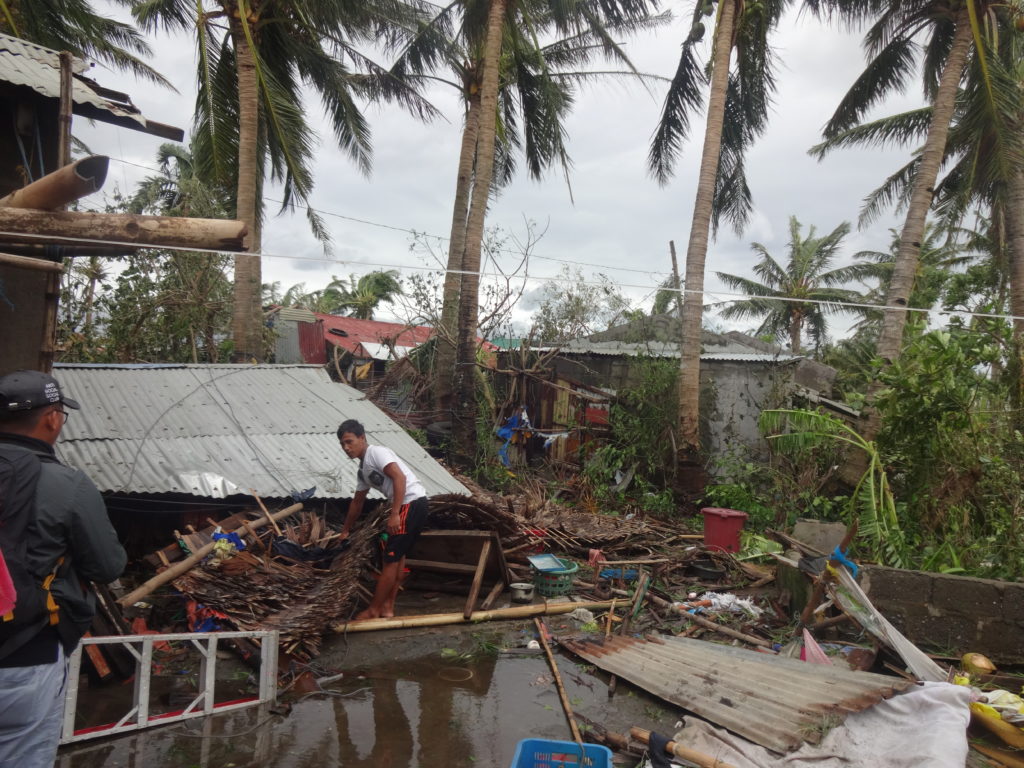
Cagayan including Babuyan Group of Islands, northern part of Isabela, Apayao, Abra, Ilocos Norte and were placed under Tropical Cyclone Warning Signal (TCWS) No. 4; Batanes, southern part of Isabela, Ilocos Sur, La Union, Mountain Province, Benguet, Ifugao, Nueva Vizcaya, Quirino, and northern part of Aurora under TCWS No. 3; Pangasinan, Tarlac, Nueva Ecija, southern part of Aurora, Zambales, Pampanga, Bulacan, and northern part of Quezon including Polillo Island under TCWS No. 2; and Bataan, Rizal, Metro Manila, Cavite, Batangas, Laguna, southern part of Quezon, Lubang Island, Marinduque, Camarines Norte, Camarines Sur, Catanduanes, Albay, and Burias Island under TCWS No. 1.

A total of eight provinces and seven municipalities/cities were declared under state of calamity.
According to NDRRMC, a total of 510,151 families or 2,148 individuals were affected in 4,836 barangays in the National Capital Region (NCR), Regions I (Ilocos), II (Cagayan Valley), III (Central Luzon), IV-A (CALABARZON), IV-B (MIMAROPA), the National Capital Region (NCR), and the Cordillera Administrative Region (CAR). On Sept. 18, a total of 61,709 families or 236,060 individuals were being served inside and outside of evacuation centers. As of Sept. 25, a total of 6,639 families or 27,435 individuals remain displaced.
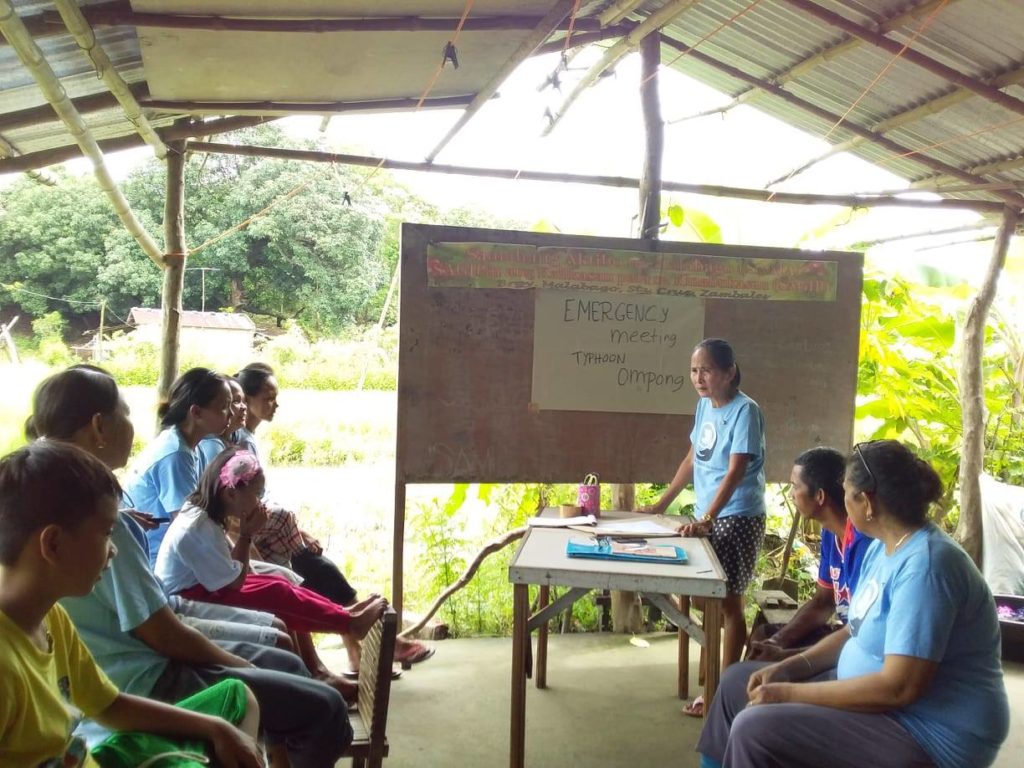
In preparation for TY Ompong, 957 cities/municipalities suspended classes in all levels in Regions I, II, III, CALABARZON, MIMAROPA, V, VI, VII, VIII, IX, X, CARAGA, CAR and NCR. Of these, 877 cities/municipalities have already resumed classes. On Sept. 13 and 14, work was suspended in government offices in 228 cities/municipalities in Regions I, II, III, VI, IX, XIII and CAR.
Due to inclement weather, 146 international and 137 domestic flights were cancelled. Of these, all flights have already resumed.
Sixteen hours after TY Ompong’s landfall, the number of stranded passengers reached 4,987. A total of 934 rolling cargoes, 173 vessels and 130 motor bancas were also stranded in various seaports. As of Sept. 17, no more passengers and vessels remain stranded.
In Regions I, II, III, V and CAR, a total of 96 road sections and one bridge have been cleared of debris from 215 road sections and five bridges rendered impassable by the storm.
Power interruption was experienced in 198 areas in Regions I, CALABARZON, V, VIII, IX, X, CAR and NCR on Sept. 21. Of these, power in 134 areas were already restored.

The NDRRMC said flooding has subsided in 190 out of 402 areas in Ilocos Region, Central Luzon, and Calabarzon and MIMAROPA as of September 25.
About 111,615 homes were partially damaged while 10,100 were totally damaged in the Ilocos Region, Cagayan Valley, Central Luzon, and CAR.

According to the Department of Agriculture (DA), as of Sept. 24, damage and losses to the agriculture sector reached Php26 billion (rice crops – Php14.5 billion, corn crops – Php8.1 billion). Moreover, damages on irrigation facilities, machinery and other equipment are estimated to be over half a million pesos.
Damages to infrastructure is estimated at near to Php7 billion. Excluding damages to public schools, Cagayan Provincial Disaster Risk Reduction and Management Council (PDRRMC) reported damage to government infrastructure has reached P46 million as of Sept. 19. Damage in infrastructures in Aurora province was placed at Php7.4 million, according to the Provincial Disaster Risk Reduction and Management Council (PDRRMC) headed by acting Governor Rommel Rico T. Angar.

Although NDRRMC confirmed 23 fatalities, 134 hurt and two missing in Regions I, II, III, CAR and NCR, the Philippine National Police said at least 88 were killed, 69 injured, and 64 still missing due to Ompong. Majority of these came from CAR, which was badly hit by landslides. The death toll is expected to increase as search and rescue operations in typhoon-hit areas continue.
So far, the Office of Civil Defense (OCD), the Department of Health (DOH), the Department of Social Welfare and Development (DSWD), local government units (LGUs), non-government organizations (NGOs) and other organizations provided about Php111 million worth of aid to affected residents in the Ilocos Region, Cagayan Valley, Central Luzon, MIMAROPA, NCR and CAR.
According to the state’s weather bureau Philippine Atmospheric, Geophysical and Astronomical Services (PAG-ASA), the country is expecting four to five more tropical cyclones that could be as powerful as Typhoon Mangkhut in the last quarter of the year.
Damage, Needs and Capacities Assessments
CDRC and the regional centers, CVDRC and ICRED, conducted a joint rapid damage and needs assessments in hardest-hit areas in Cagayan and Ilocos right after the Typhoon Ompong made its landfall on September 15. Meanwhile, regional centers, CordisRDS, and ABI, and their disaster preparedness organizations have an ongoing area survey for the damage needs capacities assessment (DNCA) in Central Luzon and Cordillera regions that were widely-struck by the typhoon.
The identified prioritized areas for emergency relief assistance were based on CDRN’s criteria for area and beneficiary selection. The rapid assessments and the simultaneous DNCAs in the affected barangays provided basis for the proposed interventions.
DNCA Result in Region I

CDRC deployed a rapid assessment team (RAT) in Ilocos on September 14, before Typhoon Ompong makes its landfall at the region. At the onset of the typhoon, ICRED’s Disaster Preparedness Committees (DPCs) helped prepare and provide emergency hot meals (funded by Mercy Relief Singapore) for 508 evacuees in Santa Central School, Ilocos Sur. The team conducted DNCA in most affected communities in Pagudpud, Ilocos Norte and La Union, Ilocos Sur.
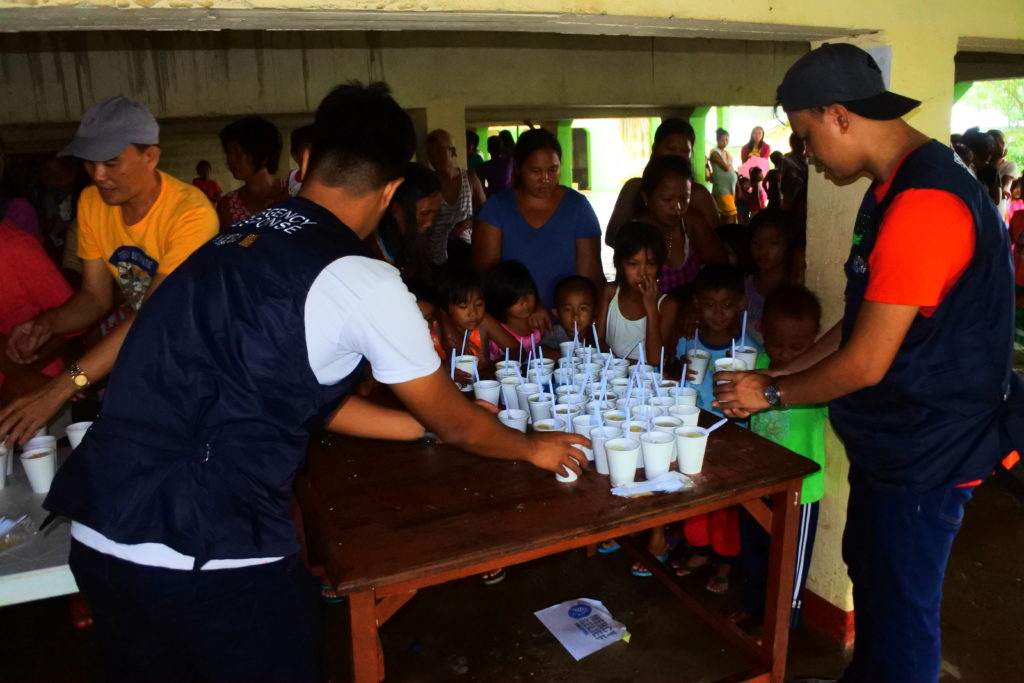
On September 14, ICRED and youth group, Tulong Kabataan, response teams, and BLGU officials were able to disseminate storm warnings to all residents and to conduct monitoring of vulnerable sectors; while teachers and other barangay health workers (BHW) visited evacuation centers and monitor pregnant and lactating women as well as children, persons with disabilities/differently-abled, and senior citizens. The local officials conducted pre-emptive evacuations and distributed prepositioned relief packs in evacuation centers.
As of September 16, 2018, a total number of 16,571 families were reportedly affected in Region I, with 6,125 displaced in evacuation centers and 1,201 staying with relatives who live in concrete houses. Most of the evacuees in Ilocos Norte were senior citizens, differently-abled residents, hospital patients, pregnant and nursing mothers, and children. The evacuees returned to their houses a day after the typhoon to repair damages, recover belongings, and attend to devastated rice fields. Partial to total damages were sustained in schools, a church, a tobacco dryer, and residential houses (semi-concrete and light materials). Strong winds toppled electric posts and telecom posts and uprooted trees, resulting to blocked roads, widespread blackouts, and lack of mobile network signal. Casualties included a person who was electrocuted and three senior citizens. Flashfloods caused major damages in agriculture.
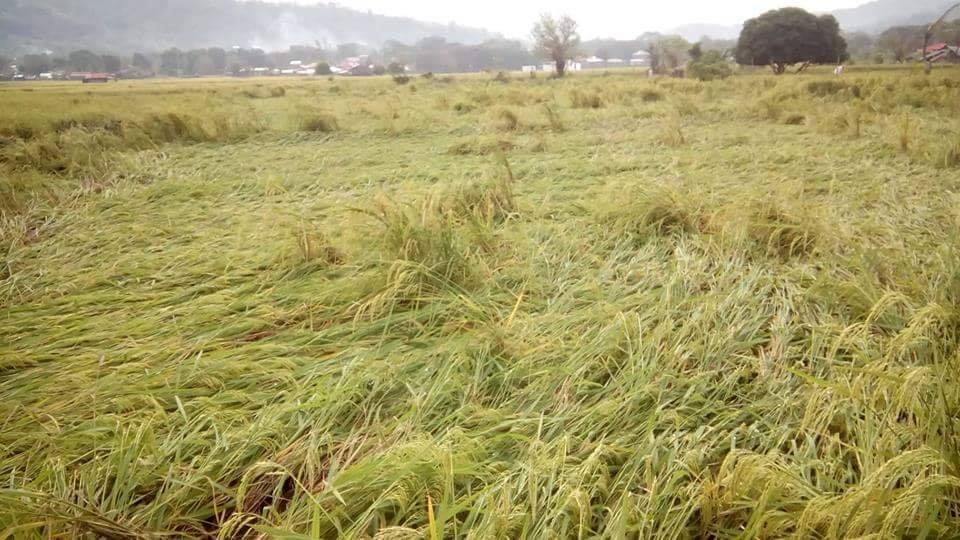
Typhoon Ompong largely affected the main source of food and livelihood in Ilocos, agriculture and fishing. On September 17, the provincial government of llocos Norte declared a state of calamity after having an estimate of over three billion recorded damages, including the total damage to rice crops at 48,299 hectares with a total value of 1.4 billion pesos. Across the Ilocos region, major damages in rice fields, missing livestock, and halted fishing activities caused by southwest monsoon-induced winds meant that the large portion of the population would have limited to none income for the coming weeks. Although the local markets resumed their operations on September 16, the harvest-dependent communities would have to reduce spending for basic needs or find another source of income until they recover their losses. An estimated 70% decline of the communities’ income is expected in the following months.
Barangays Pancian, Caunayan, Caparispisan, Balaoi, and Dampig in Pagudpud, Ilocos Norte were among the many disadvantaged communities that have most number of totally damaged houses, lost livestock, and have no alternative source of livelihood to replace farming, fishing, and subsistence retailing. Until they find a temporary source of income, 550 households from these barangays are in need of immediate food assistance and shelter repairs.
DNCA Result in Region II
On September 14, the rapid assessment team (RAT) composed of CDRC, CVDRC, Oxfam Philippines, and CARE Philippines settled in Cagayan Valley, where Typhoon Ompong made its first landfall. CDRC and CVDRC led the team, while CARE Ph provided operational expense for DNCA and Oxfam Ph helped in the documentation for media coverage. Being the first humanitarian agencies present on the ground, the team provided on-site monitoring situation reports to CDRC HQ in Quezon City. The RAT also visited local government units for an initial response updates. The RAT assessed mostly devastated towns in Aparri, Tuguegarao City, Amulong, Iguig, Alcala, Gattaran, Piat, and isolated Tuau and Rizal municipalities due to a flooded bridge. When the floods subsided, the team found that typhoon has aggravated the situation of towns in far north coastal areas, Gonzaga and Sta. Ana, which have the most Geographically Isolated and Disadvantaged Areas (GIDA) in Cagayan. The barangays inhabiting at slopes and upland terrain of the region are susceptible to landslides due to hybrid corns that are planted for animal consumption.
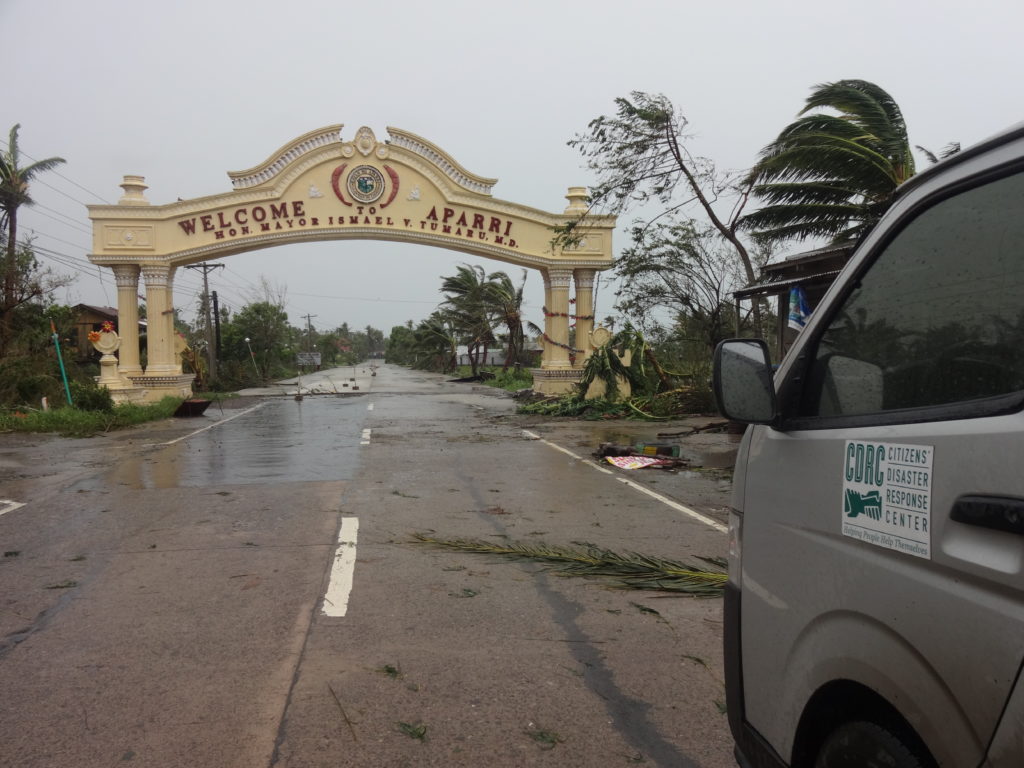
CVDRC’s volunteers helped prepare emergency hot meals (funded by Mercy Relief Singapore) for 120 families who temporarily evacuated in Aparri church on September 15. Meanwhile, the provincial government and GMA Foundation, Inc. distributed relief food packs in some of the evacuation centers. Evacuees expressed uncertainty in food supply as they anticipated severe damages in their rice and corn fields. 11, 000 families were in evacuation centers on September 17, while indigenous groups, Malaweg and Aeta, in isolated towns were unable to evacuate. Most of the evacuees returned to their homes after the typhoon. The official report on affected families across the region reached to over 170,000.
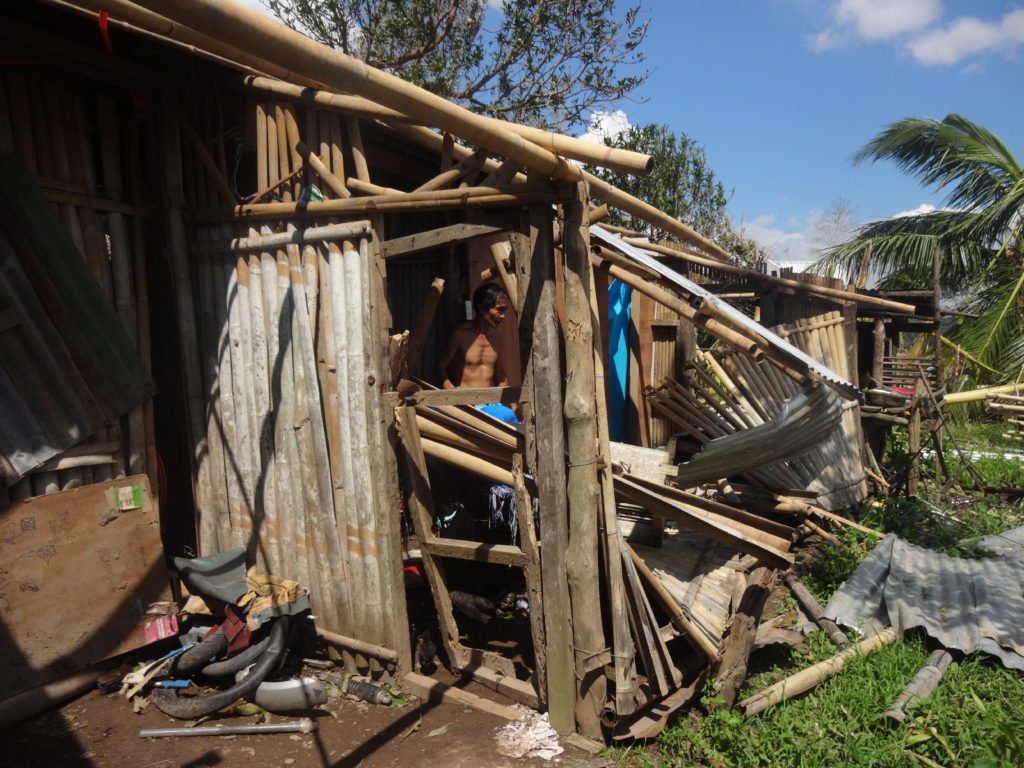
Typhoon Ompong’s strong rains combined with extremely powerful wind damaged houses buildings, and schools. 10,528 houses were reported as totally damaged, while 65,408 houses were partially damaged. Minimal infrastructure damages in farm-to market roads, national roads, and Tuguegarao airport amounted to P53.8-M. Electricity is not fully restored in Cagayan region. The water system in Rizal was reportedly damaged.
The official agricultural damage cost is at P4.4 billion on September 19. Around P2.5 billion worth of rice crops were damaged, while lost corn crops amounted to P1.7 billion. Some P163 million worth of vegetables were also damaged. The RAT reported that farmers suffered from waste of crops due to untimely harvests. The visit to the hardest-hit areas of Baggao and Aparri found the pressing need for immediate food assistance to communities who lost their rice and corn crops to Typhoon Ompong. It was estimated that communities would have no income in the next four months. The market assessment underscored the prevalent price hike on rice supply in the region.
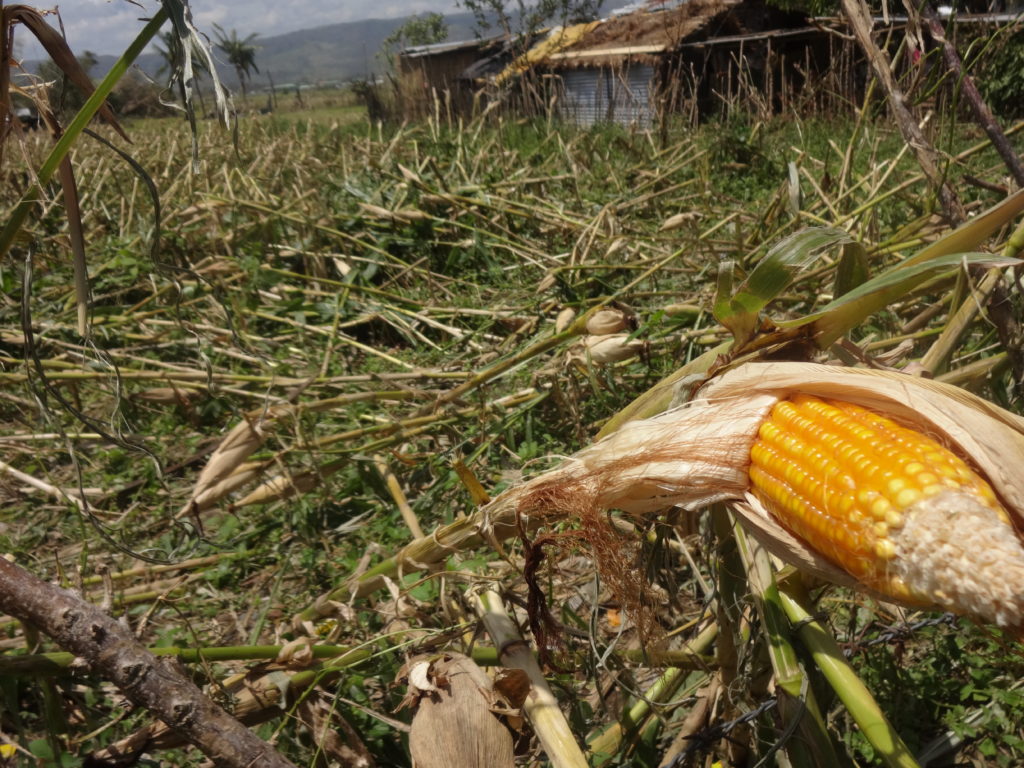
Several INGOs and NGOs expressed their plan to provide assistance to target areas for response during the coordination meetings with local officials and UN OCHA days after the typhoon. CDRC and CVDRC prioritized affected GIDA barangays in the far north coastal municipalities of Gonzaga and Sta. Ana which have not received any assistance after the typhoon due to their remote location. The GIDA communities expressed the need for immediate food assistance as respite from the limited source of food in the following weeks.
DNCA Result in Region III
Central Luzon is the largest rice producer in the country but the region perennially experiences massive flooding and flashfloods during typhoons. Out of the four regions affected by Typhoon Ompong, Central Luzon was widely-affected due to its low-lying topography which catches the floods from the mountain areas of Cordillera and the water release of large dams in Luzon.

ABI and their DPCs conducted DNCA at flood-prone and marginalized communities in La Union, Nueva Ecija, and Zambales. The DPCs helped local barangay officials to conduct simultaneous evacuations.
More than 100,000 residentsin the low-lying barangays from 17 municipalities were forcibly brought to 568 evacuation centers on September 15. The other displaced families went to their relatives with concrete houses. Food relief from private sector and LGUs were provided for the evacuees. Some municipal roads are not passable due to road collapse or damage to bridges. A bridge in San Fabian, Pangasinan was reported to have sustained damage. Road clearing operations have begun in some portions of the region. Several municipalities have experienced total black out last September 13-15, 2018.
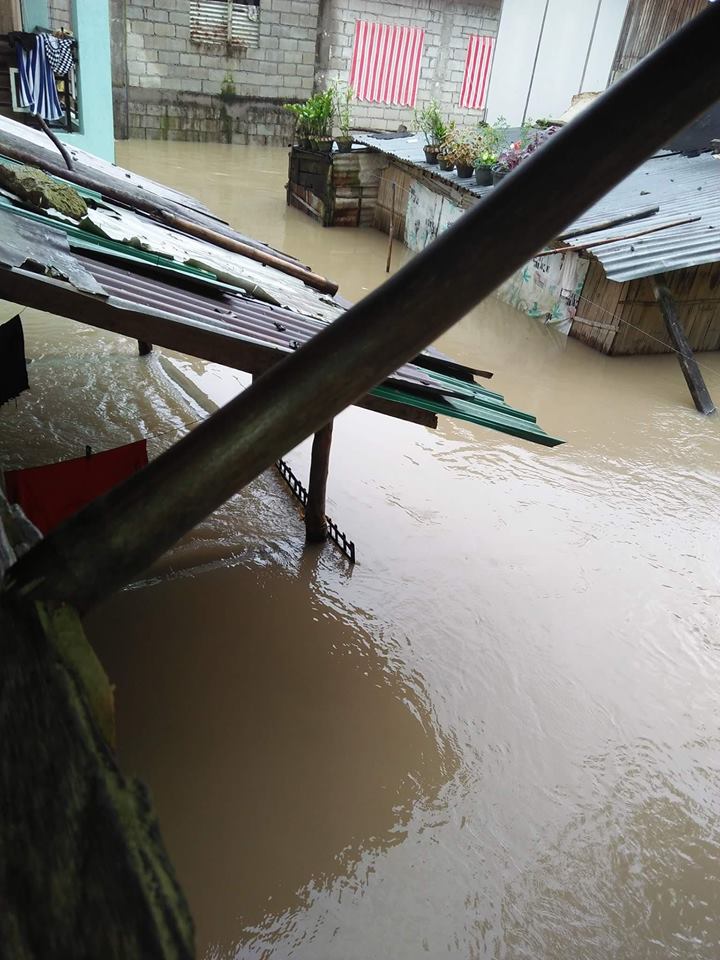
In the four regions affected by Typhoon Ompong, Central Luzon registered the highest damage in agriculture, amounting to P13.9 billion, including damages in more than 21,000 hectares of newly planted and ready-to-harvest palay, milk fish (bangus), tilapia, shrimps, lapu-lapu, and others. Local markets have resumed their operations after the typhoon, but the prices of basic commodities in some towns increased.
The priority areas of ABI are the municipalities of Bagulin in La Union, which is a fifth class municipality, and Sta. Cruz in Zambales, which is mostly comprised of coastal communities. The barangays from these municipalities were among the most disadvantaged communities that are dependent on rice yields and fishing. Through the provision of immediate food assistance, hygiene, and non-food items, affected families would have a temporary relief as they recover from their damaged houses and income loss. These interventions were limited considering the extent of the damages.

DNCA Result in CAR
The CorDisRDS and partner peoples’ organizations conducted DNCA and coordinated with the local government units in the different provinces. On September 18, a response team composed of CorDisRDS staff and CARE Philippines distributed emergency relief to 21 households of Sitio Surong and Sitio Dalisay in Brgy. Gumatdang, Itogon, Benguet, where most houses are totally damaged due to mudslides.
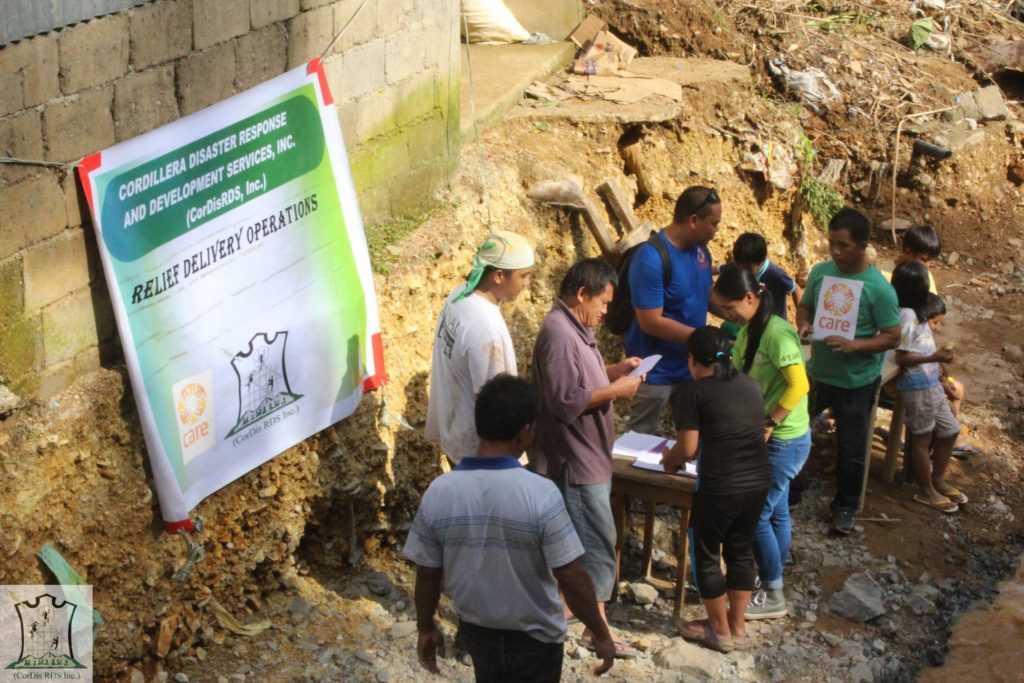
Across the region, a total of 119 landslides and 33 flooding incidents caused road closures, damages to livelihood and shelter. The casualties reached 78, majority of which were from a huge landslide that buried a miner’s bunkhouse in Brgy. Ucab, Itogon, Benguet. The provinces of Benguet, Abra, Kalinga and the municipality of Mayoyao in Ifugao have declared a state of calamity.
The large farming population of the region are severely affected due to failure of harvest. The Habagat-induced rains that lasted for about two months before Typhoon Ompong arrived already caused great losses to farmers. Areas near the Chico River such as San Juan, Cabaruan, Balong, New Tanglang, Cabaritan, Sucbot, were severely affected by the typhoon when Chico River swelled and washed away farmers’ crops, farm lands and houses. The Department of Agriculture reported an estimated two billion pesos worth of damages to agriculture.
The main crops affected are rice, corn, fruit trees and vegetables. The widespread damage to the agriculture-dependent region has brought food insecurity in the affected communities for months.
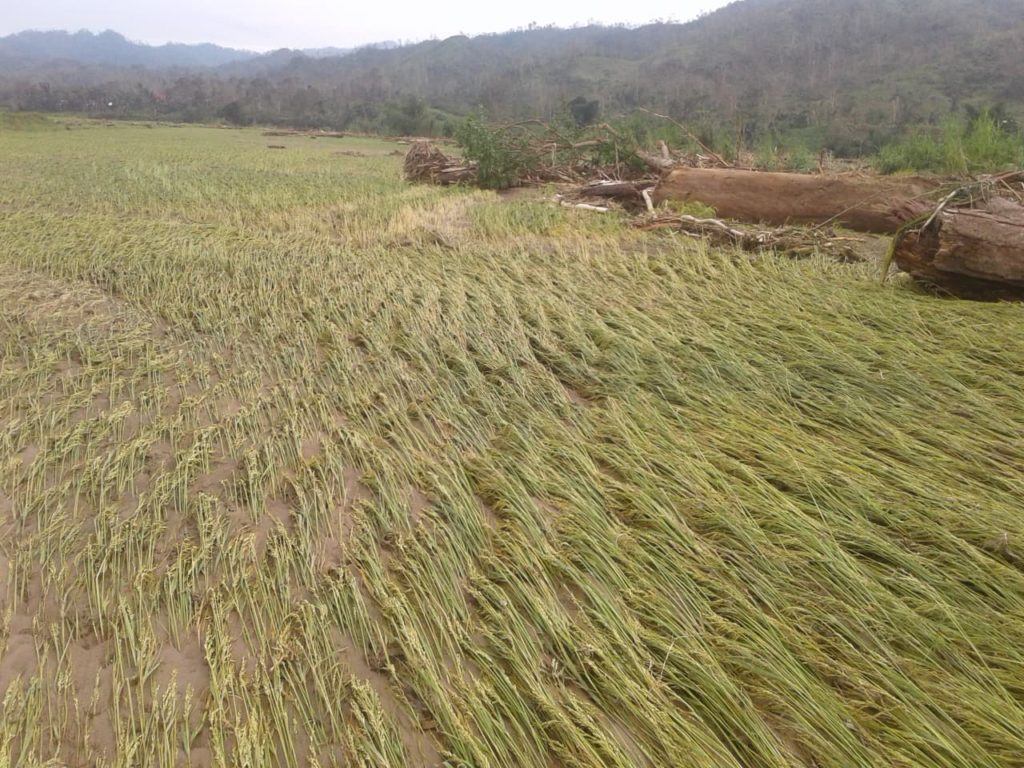
Mudslides and landslides that isolated communities made things more difficult since assistance is almost inaccessible. Provincial partners called for immediate food relief assistance, shelter repair kits, hygiene kits and livelihood assistance.

Response Plan
With thousands of families severely affected by Typhoon Ompong, CDRC and the affected Regional Centers of the Citizens’ Disaster Response Network (CDRN) plan to conduct emergency relief assistance in Region I, II, III, and CAR. The response will prioritize families that are hardest-hit yet have no or limited access to services.
Simultaneous Damage, Needs and Capacity Assessments (DNCA) were immediately conducted by the staff of CDRC and the RCs in the affected provinces.
Selection criteria were based on needs, existing contacts in the affected communities, and areas that are least served.
After brief consultations and preliminary selection, CDRC and the RCs targeted a total of 2,700 households to be served.
The affected families have expressed several needs during this emergency situation. Thereafter validated by CDRC and the RCs as immediate is food, sleeping kits and hygiene kits.
